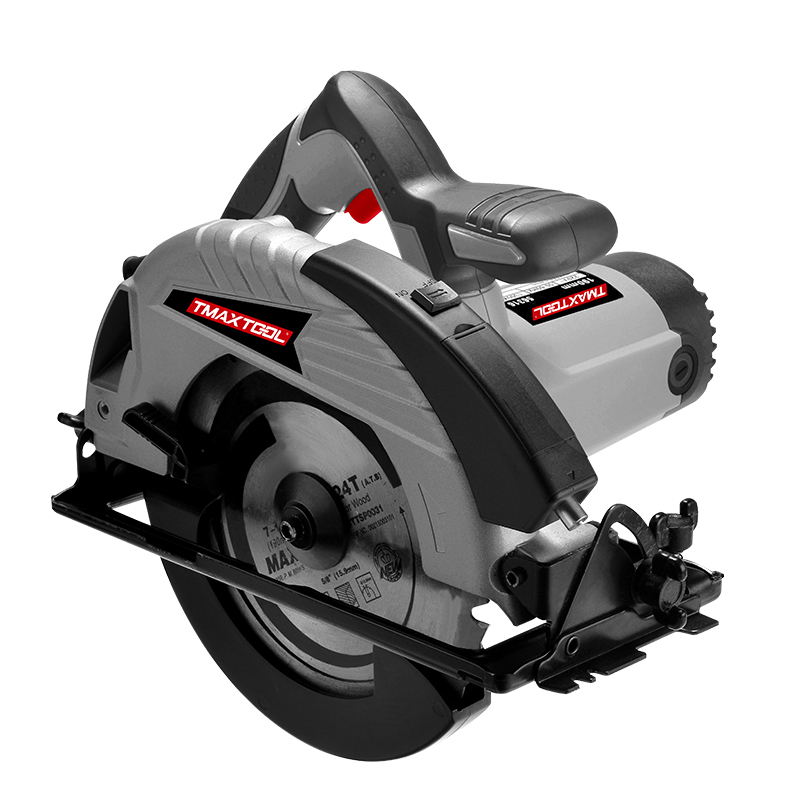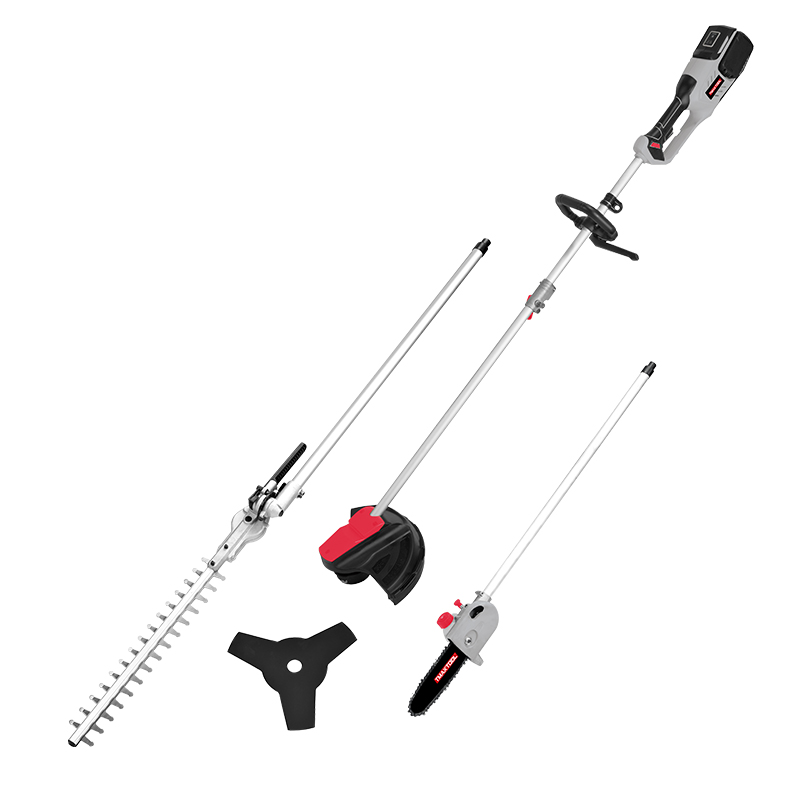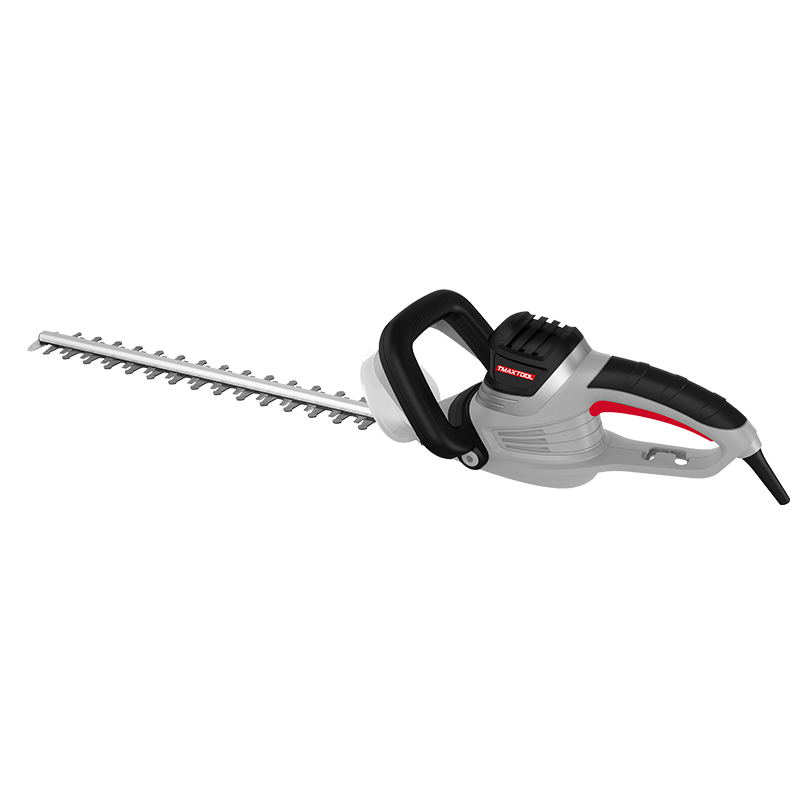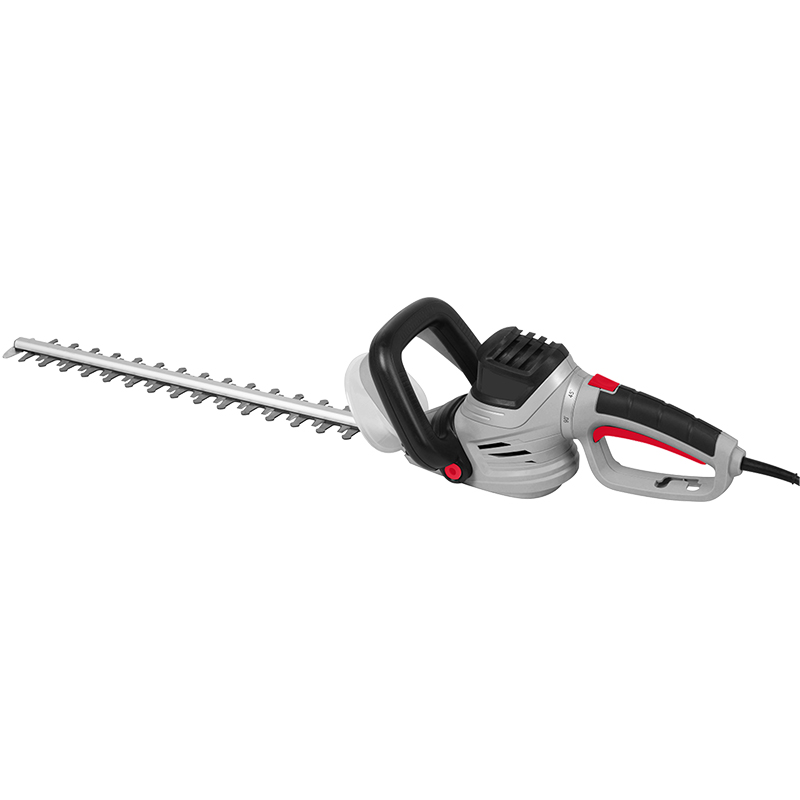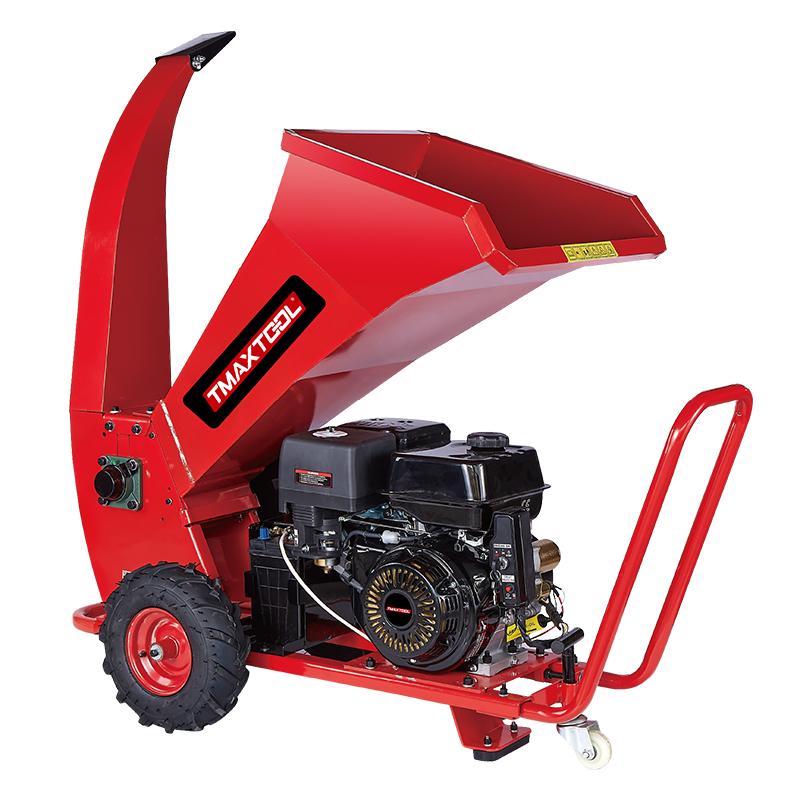Wood Chipper Forestry Chaff Cutter Forestry Machinery
product DETAILS

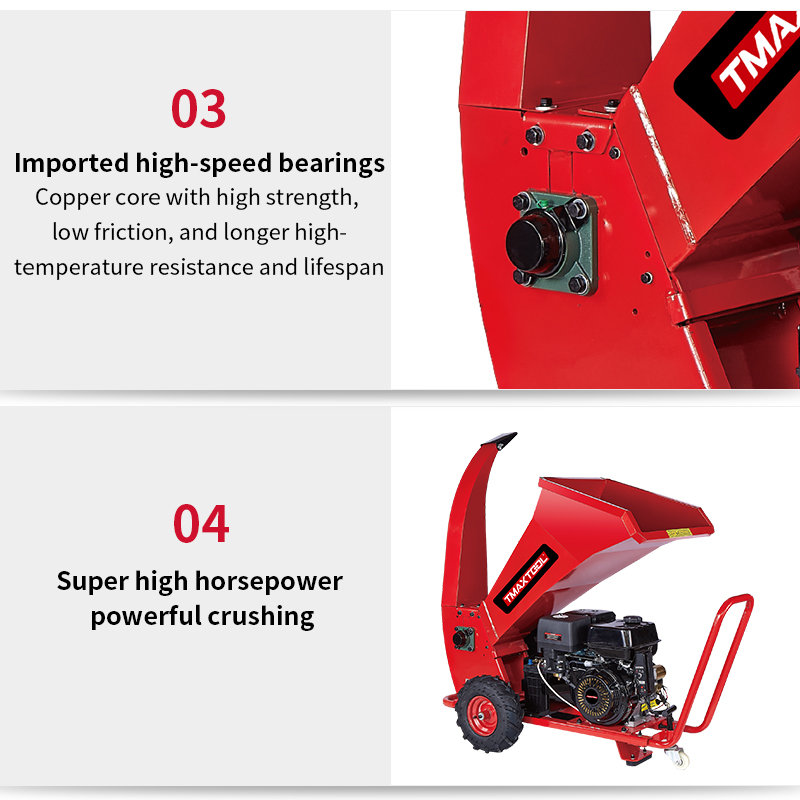
product description
1. Efficient Wood Processing: Wood chippers excel at quickly reducing large volumes of woody material into uniform chips. Highlight their ability to process various sizes and types of wood (branches, logs, stumps) with minimal effort and time, thereby increasing productivity and streamlining operations for forestry, landscaping, or biomass processing businesses.
2.Versatility and Adaptability: Emphasize that wood chippers come in different models and sizes, suitable for both commercial and residential applications. They can handle diverse wood species, from softwoods to hardwoods, and can be easily adjusted to produce chips of varying sizes, catering to specific customer requirements or industry standards.
3.Cost-effectiveness: Wood chipping can help businesses save on disposal costs by transforming waste wood into valuable products like mulch, fuel pellets, or compost. Additionally, investing in a high-quality wood chipper can reduce labor expenses by automating the chipping process and minimizing manual labor.
4.Environmental Sustainability: Promote wood chippers as eco-friendly solutions that contribute to waste reduction and recycling efforts. By converting wood waste into reusable materials, they help minimize landfills, reduce greenhouse gas emissions from decomposing wood, and promote the use of renewable energy sources when chips are used for biomass fuel.
5.Durability and Reliability: Stress the robust construction, heavy-duty components, and high-quality materials used in manufacturing the wood chippers. Highlight features like hardened steel blades, sturdy frames, and reliable engines or motors that ensure long-lasting performance and minimal downtime, even under demanding conditions.
6.Ease of Use and Maintenance: Emphasize user-friendly designs with intuitive controls, easy feed systems, and quick-change blade mechanisms that simplify operation for operators of all skill levels. Also, mention accessible service points, comprehensive operator manuals, and readily available replacement parts, which facilitate routine maintenance and prolong the machine's lifespan.
7.Safety Features: Discuss the integrated safety measures in the wood chipper design, such as emergency stop buttons, feed-stop sensors, protective guards, and automatic shut-off systems, which minimize the risk of accidents and ensure compliance with industry safety standards.
8.Portability and Maneuverability: For mobile wood chippers, highlight their compact size, lightweight design, and options for towing, wheel-mounted, or track configurations, enabling users to easily transport the equipment between job sites or maneuver it within tight spaces.
9. Power Options: Mention the availability of wood chippers with various power sources, such as diesel, gasoline, PTO-driven (for tractor attachment), or electric motors, allowing customers to choose the most suitable option based on their operational needs, budget, and environmental considerations.

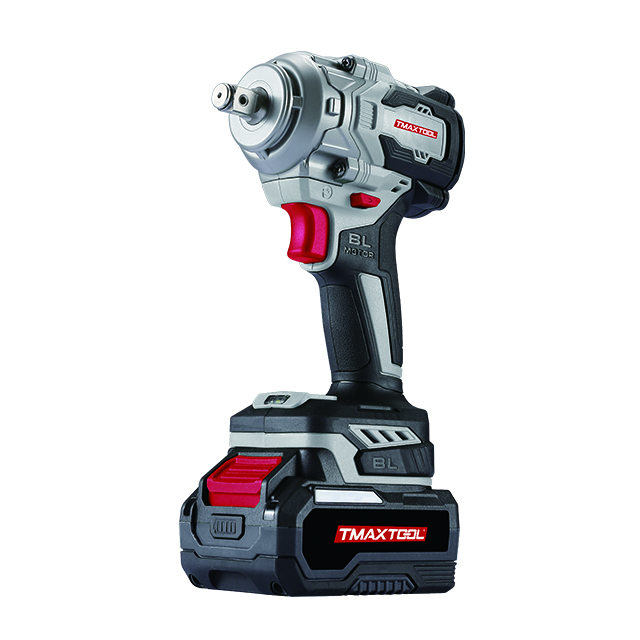 Impact Wrench
Impact Wrench
 Screwdriver
Screwdriver
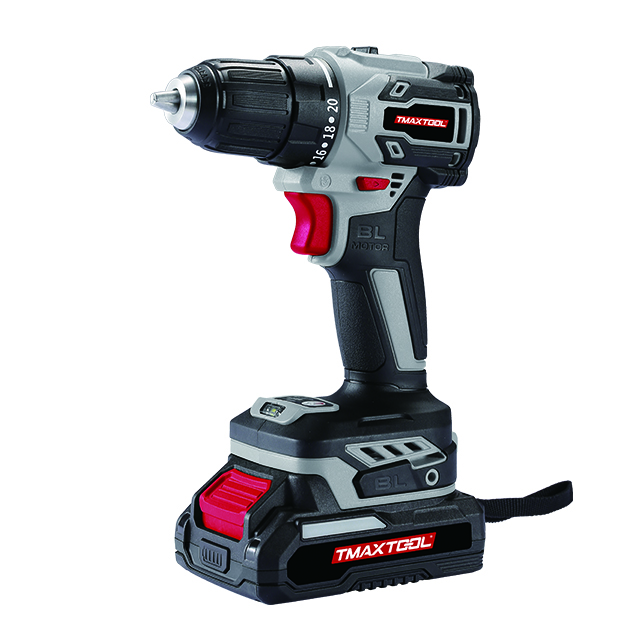 Cordless Drill
Cordless Drill
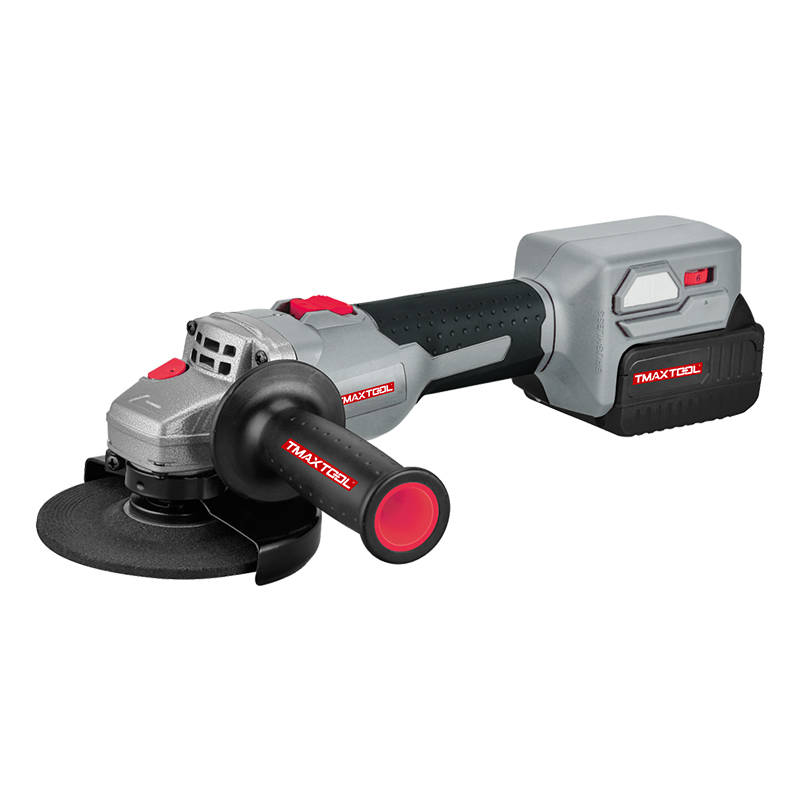 Angle Grinder
Angle Grinder
 Polisher
Polisher
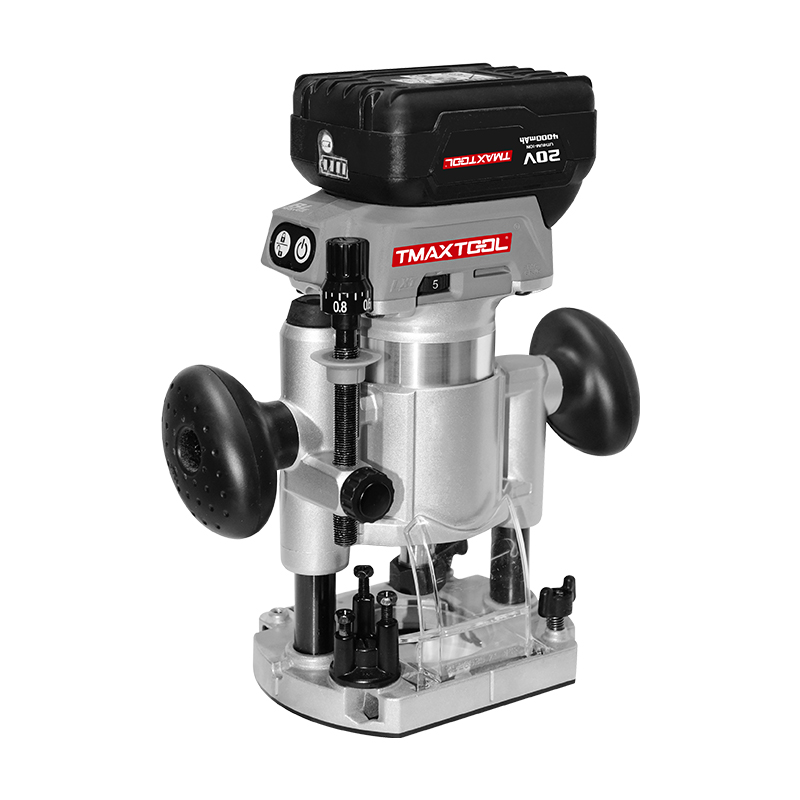 Wood Router
Wood Router
 Jig Saw
Jig Saw
 Hammer Drill
Hammer Drill
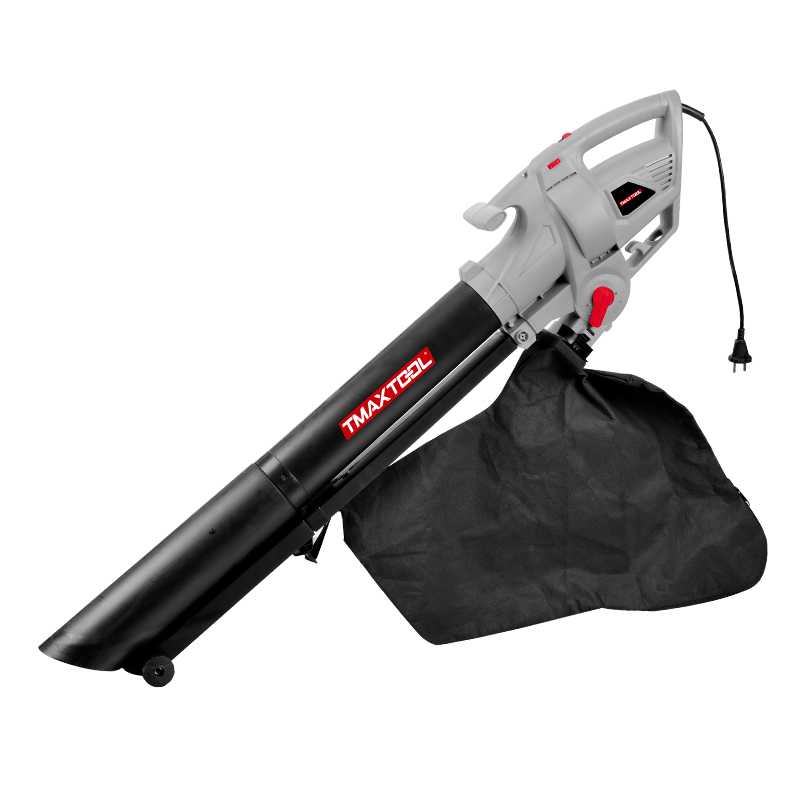 Portable Blower
Portable Blower
 Orbital Sander
Orbital Sander
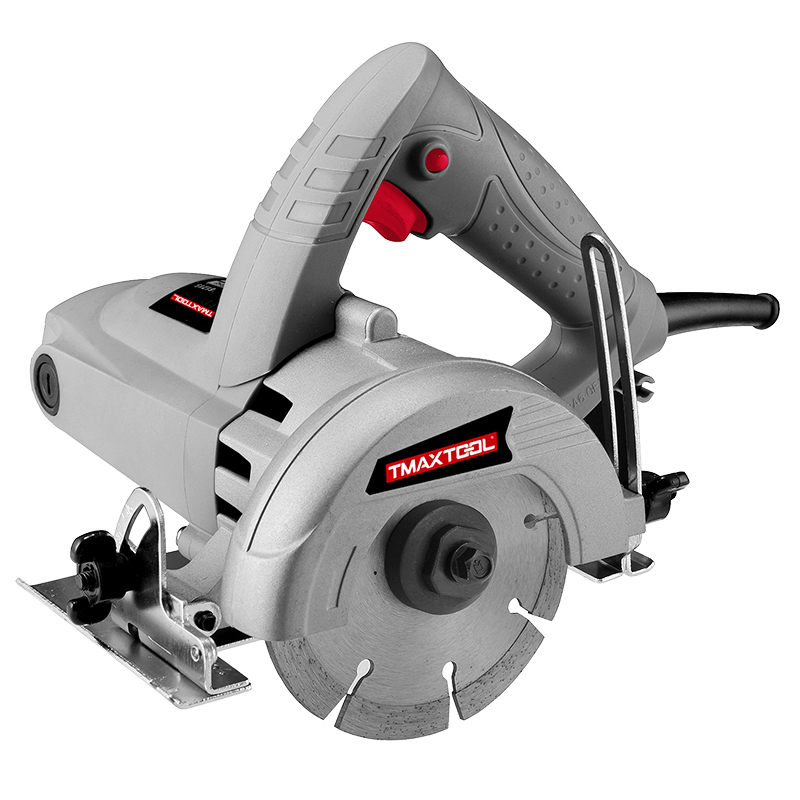 Marble Cutter
Marble Cutter
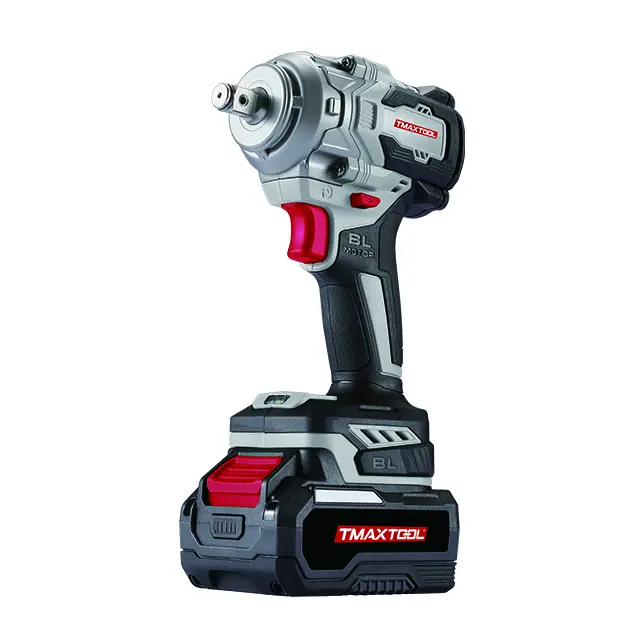 GARDEN TOOLS
GARDEN TOOLS
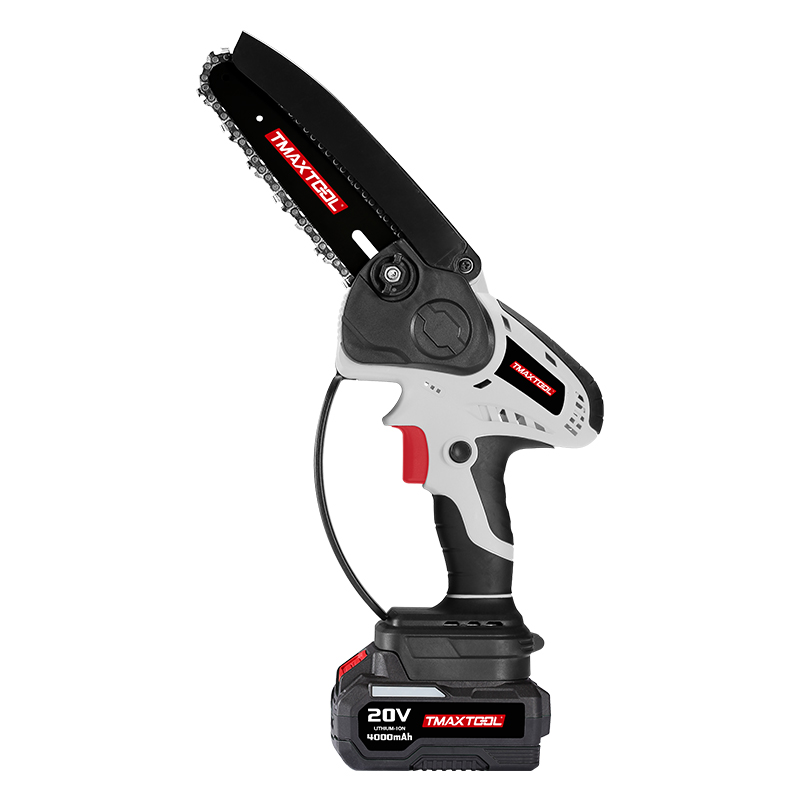 Battery Chain Saw
Battery Chain Saw
 Battery Brush Cutter
Battery Brush Cutter
 Battery Hedge Trimmer
Battery Hedge Trimmer
 Battery Multi Tool
Battery Multi Tool
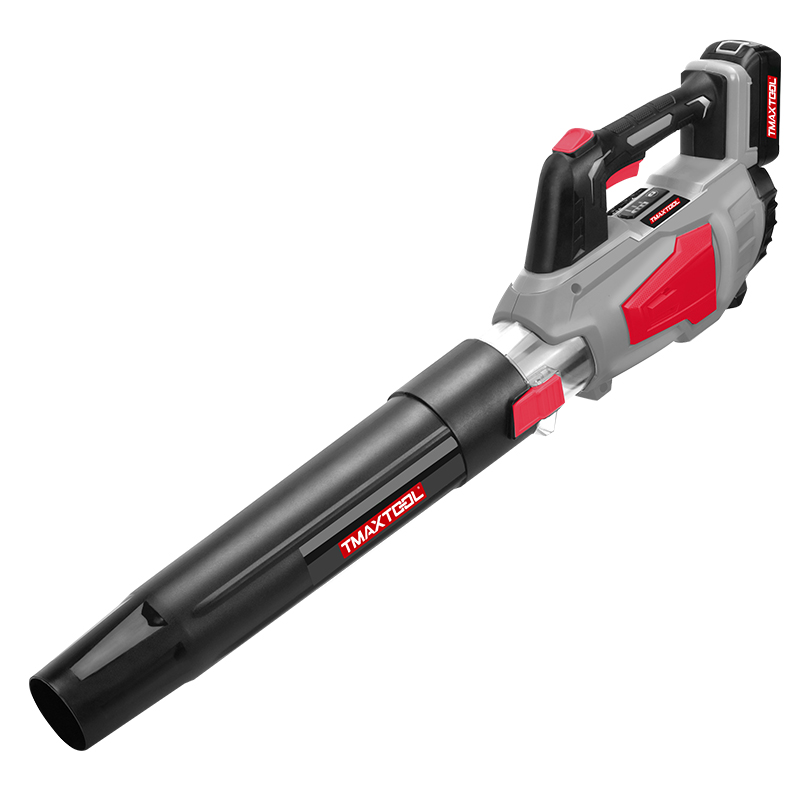 Battery Blower
Battery Blower
 Batter Pruning Shears
Batter Pruning Shears
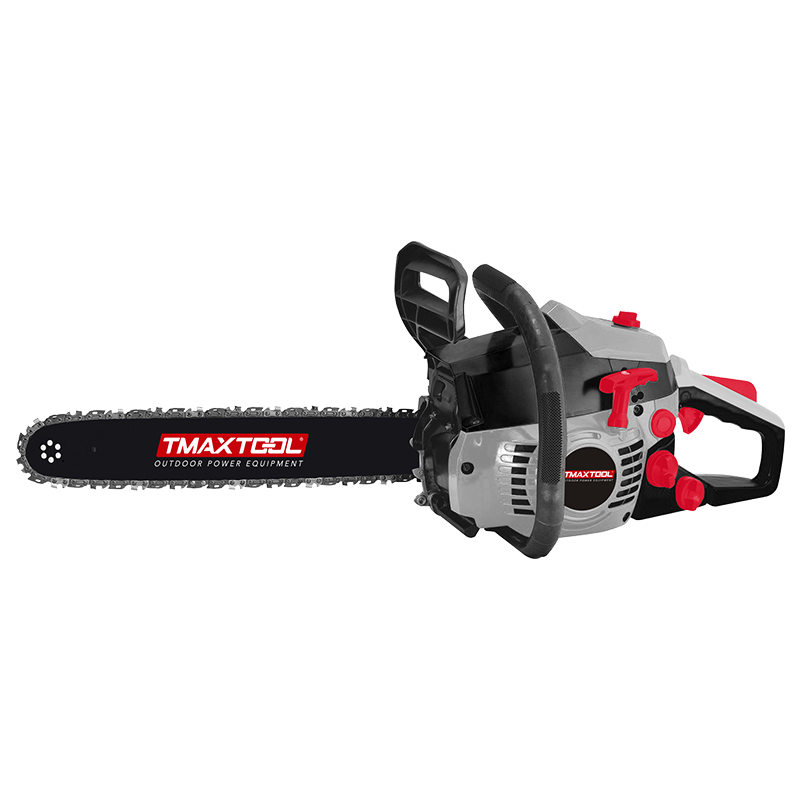 Chain Saw
Chain Saw
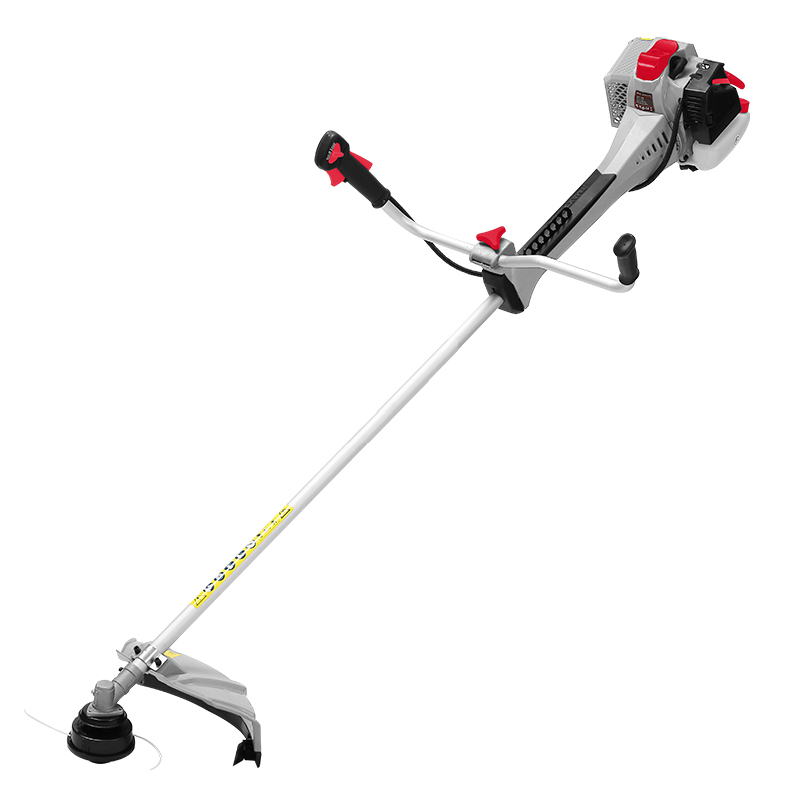 Brush Cutter
Brush Cutter
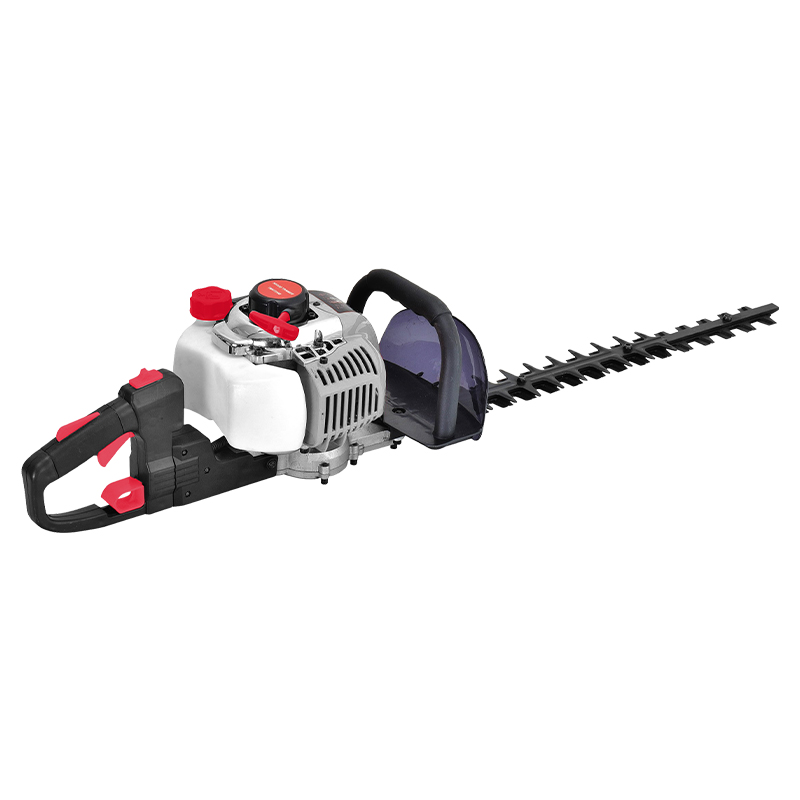 Hedge Trimmer
Hedge Trimmer
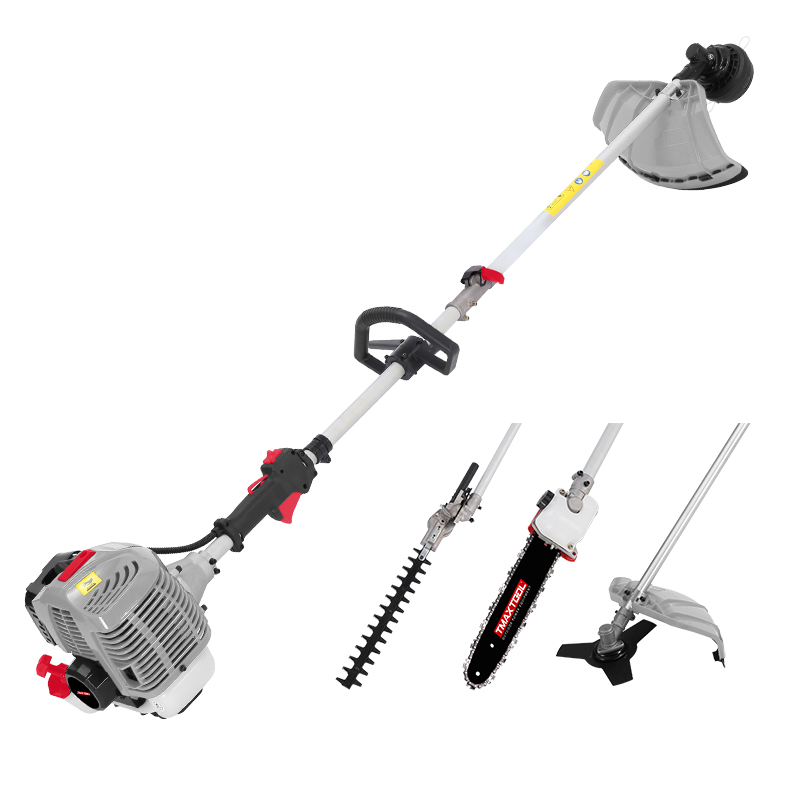 Multi Tool
Multi Tool
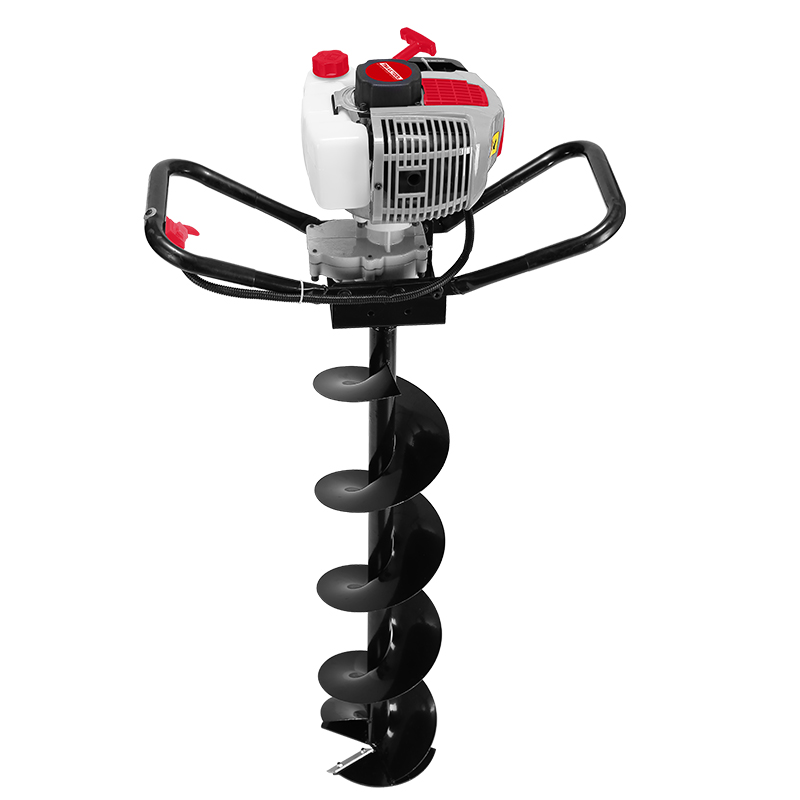 Earth Auger
Earth Auger
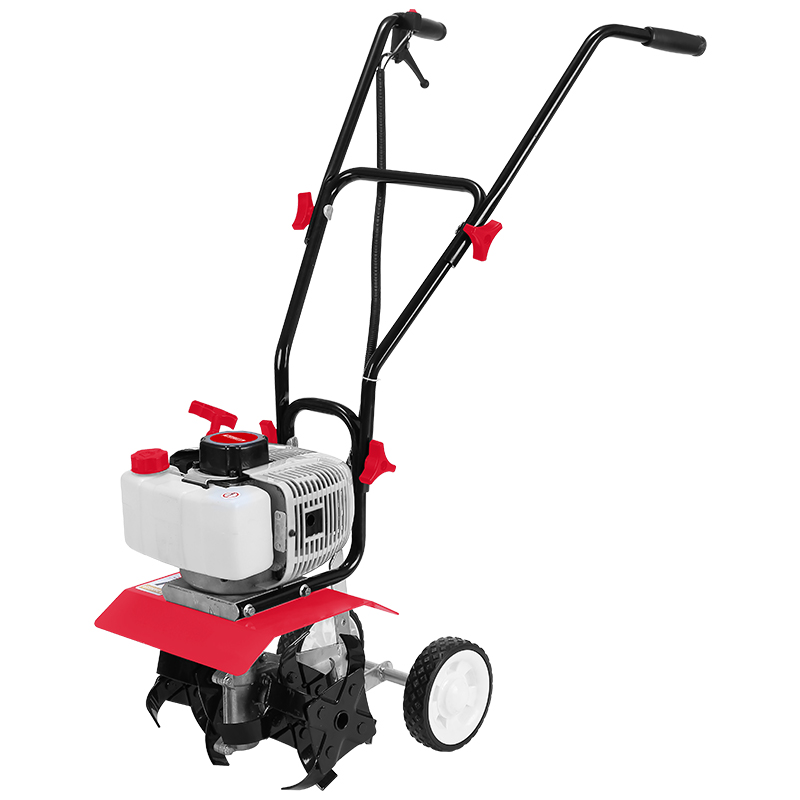 Tiller
Tiller
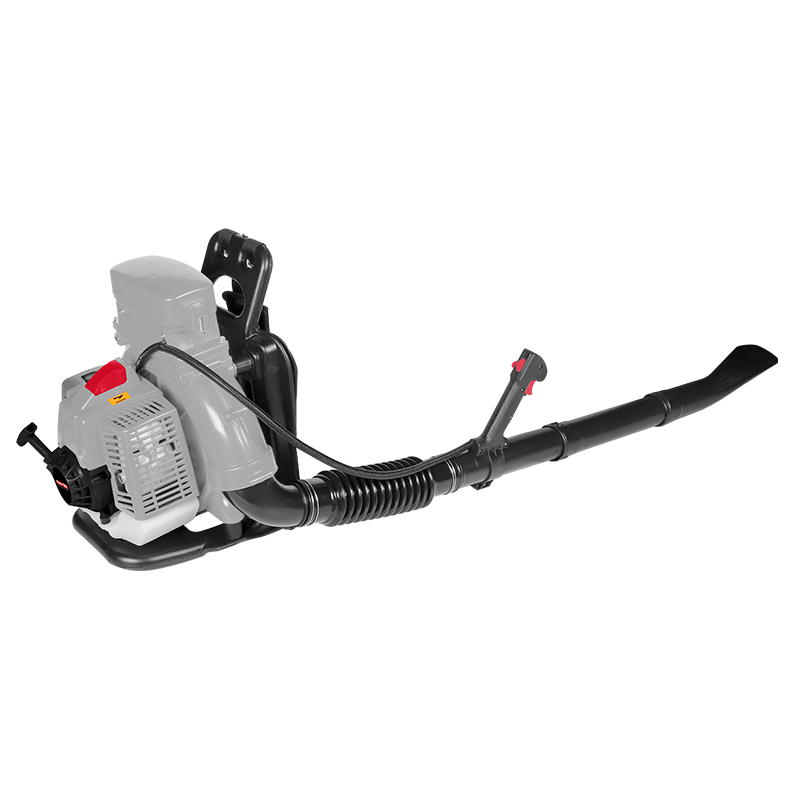 Blower
Blower
 4 Stroke Gasoline Engine
4 Stroke Gasoline Engine
 Generator
Generator
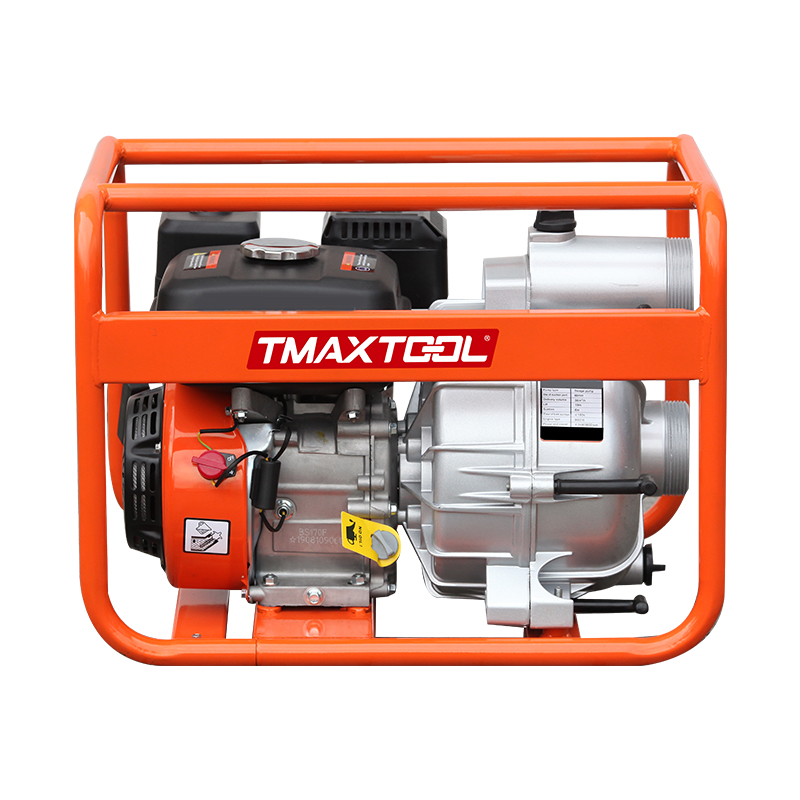 Water Pump
Water Pump
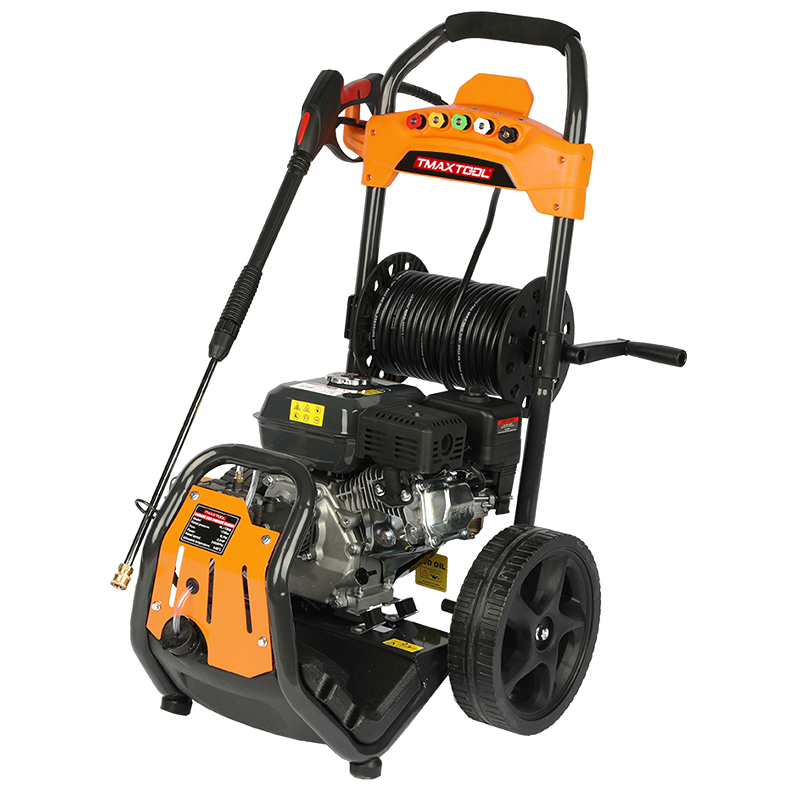 High Pressure Washer
High Pressure Washer
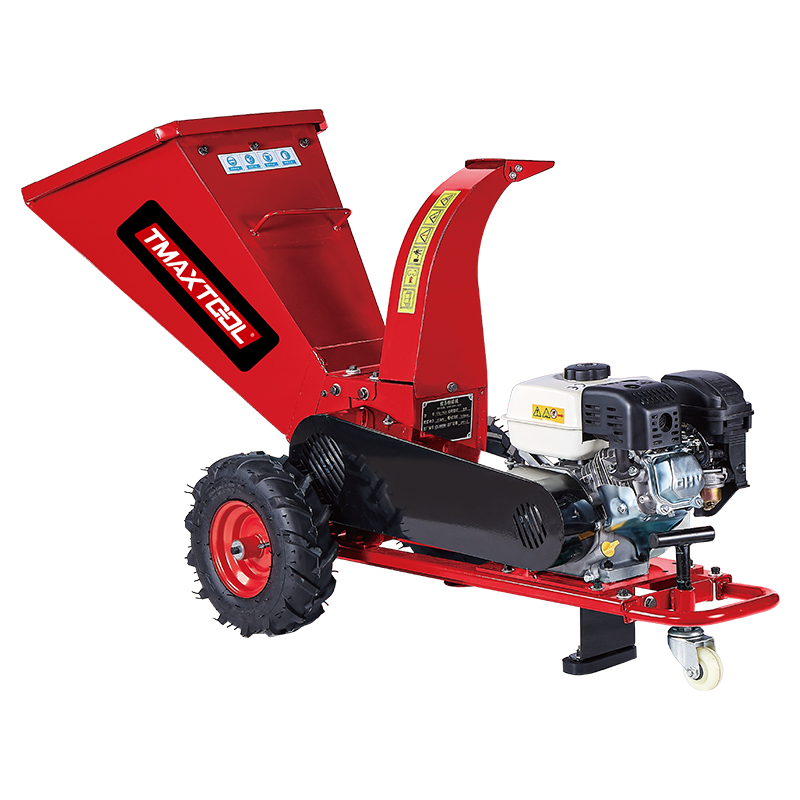 Wood Cutter
Wood Cutter
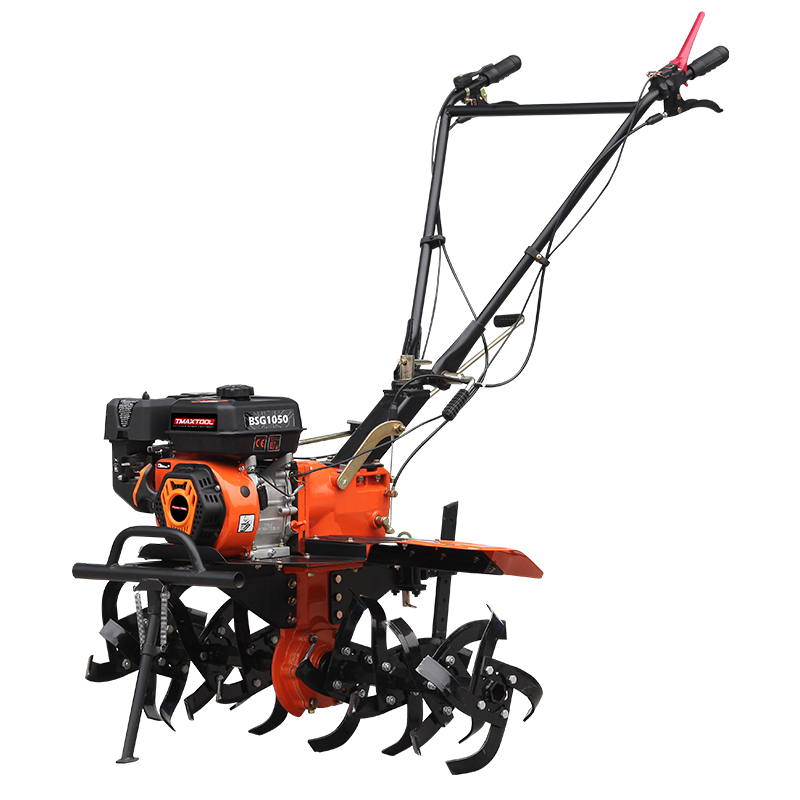 4 Stroke Tiller
4 Stroke Tiller
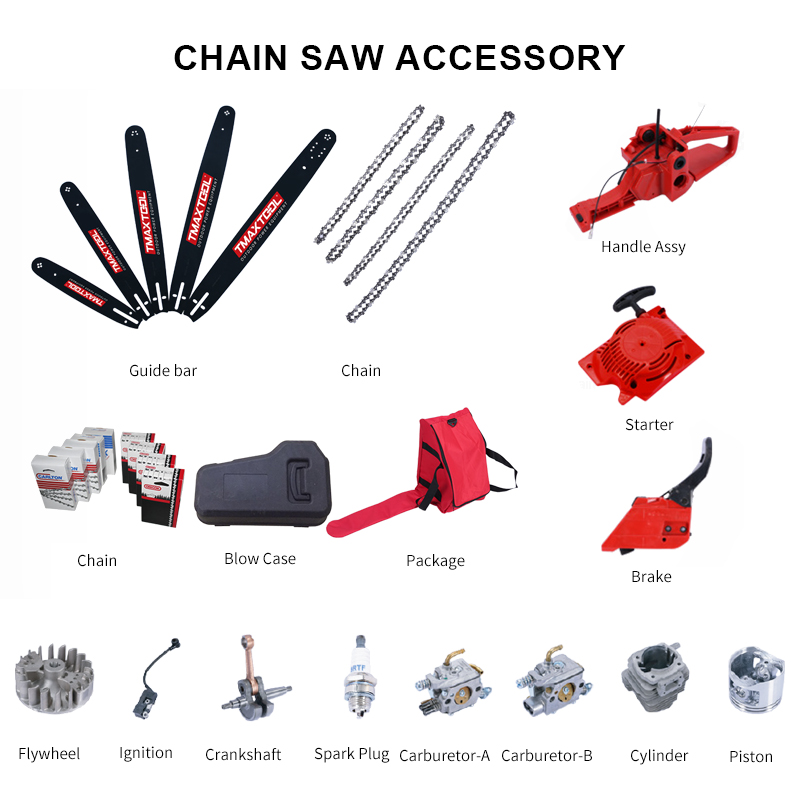 Chain Saw Accessory
Chain Saw Accessory
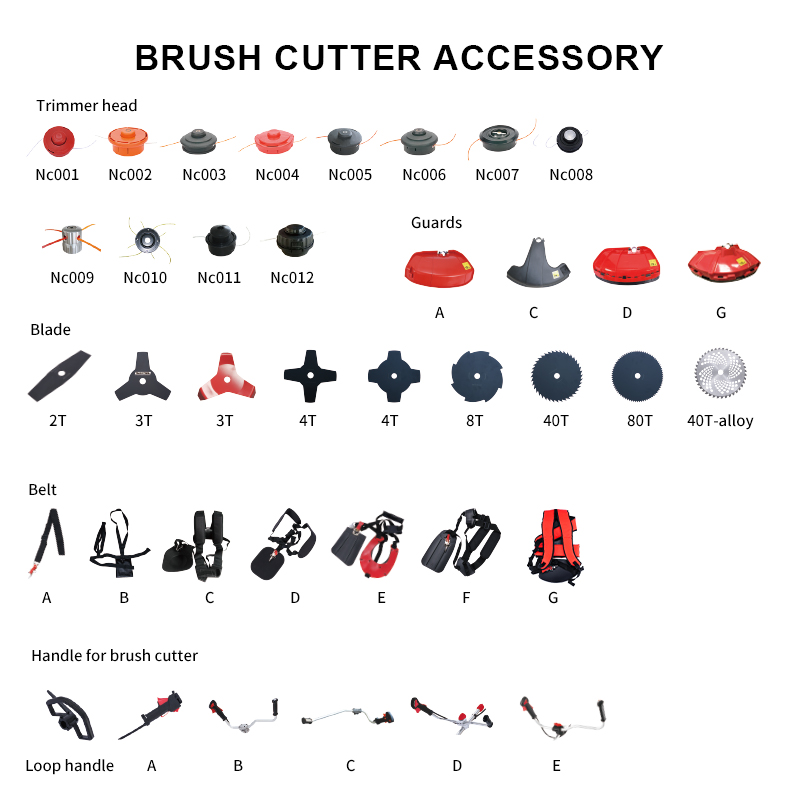 Brush Cutter Accessory
Brush Cutter Accessory
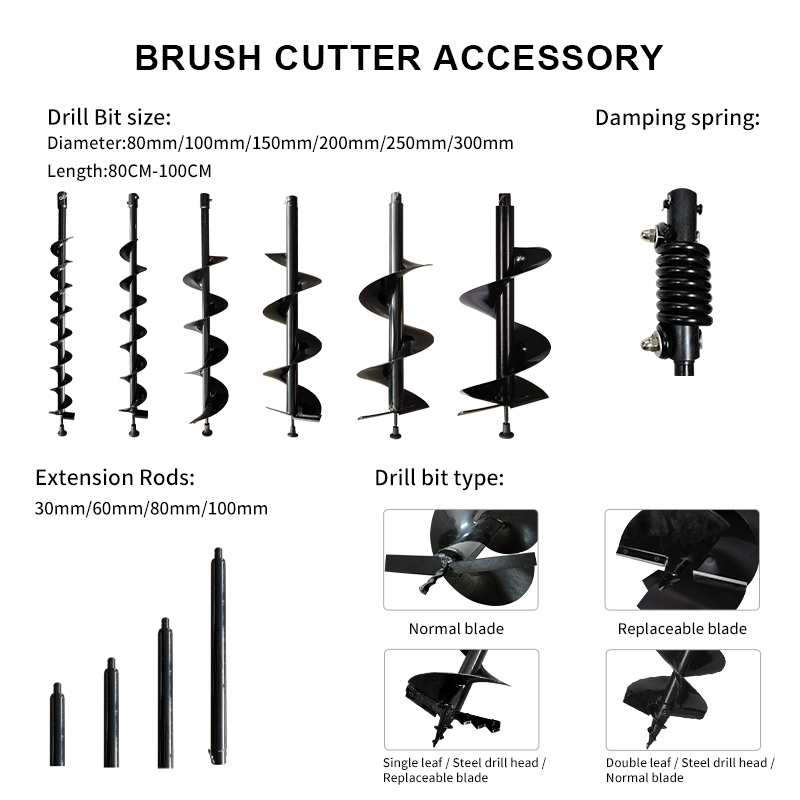 Earth Auger Accessory
Earth Auger Accessory
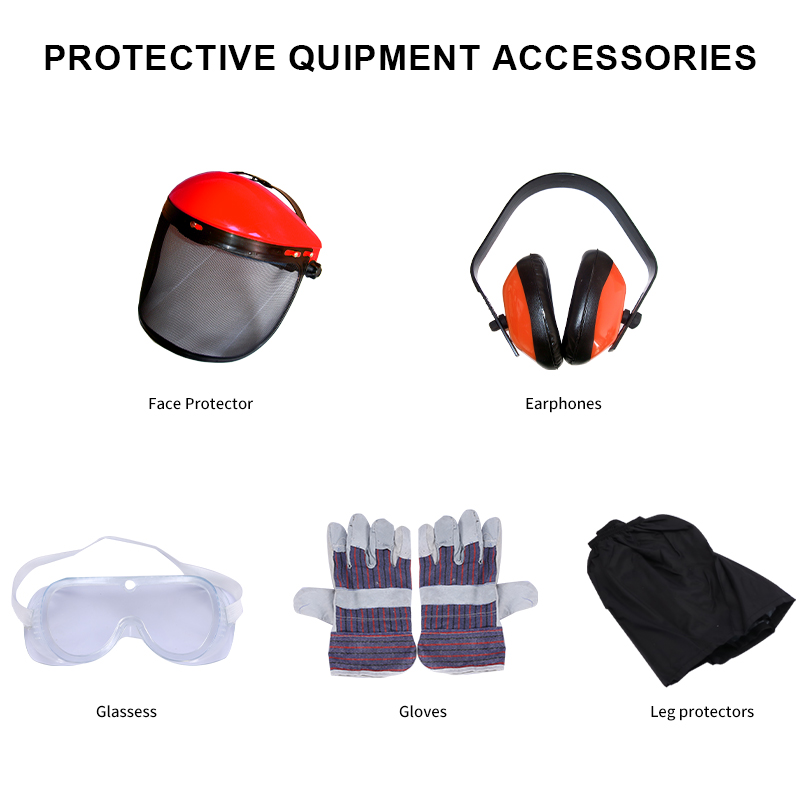 Protective Equipment Accessories
Protective Equipment Accessories




